We know that sometimes monarchs choose a different regnal name than the one they have gone by throughout their life—King George VI is a famous example of this, having gone by Bertie (or Albert, his given name) until he became King – but what about those who go by nicknames or middle names instead of their given names?
Today we’re looking at examples of royals throughout history and throughout Europe who either go by their nicknames or a middle name.
The Duke of Windsor

King George VI’s older brother reigned as King Edward VIII for a period of 326 days in 1936 following the death of their father, King George V. Born in 1894 with seven names including tributes to all the patron saints of the United Kingdom (born Edward Albert Christian George Andrew Patrick David), he was known as David.
King Edward VIII reigned, uncrowned for 326 days before abdicating to marry Wallis Simpson.
Princess Catharina-Amalia, Princess of Orange
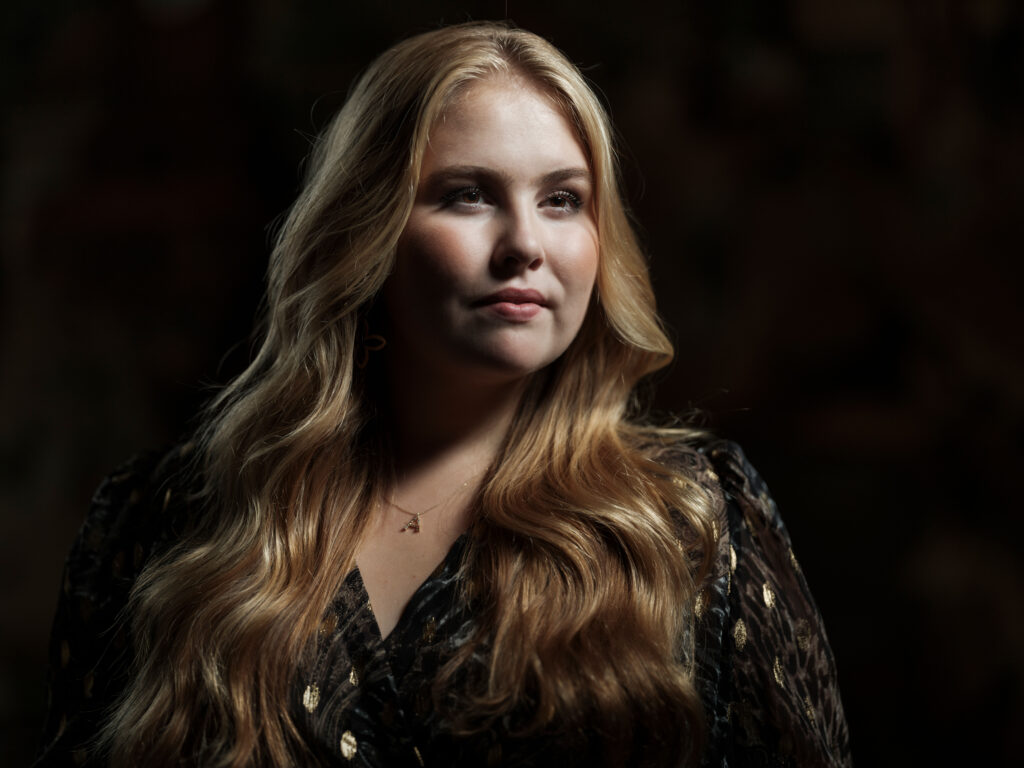
The heir to the Dutch throne, Princess Catharina-Amalia was born to King Willem-Alexander and Queen Máxima on 7 December 2003. She is often referred to by her second name only, Princess Amalia, and her parents refer to their three daughters as their A-Team: Princess Amalia, Princess Alexia and Princess Ariane.
King Olav V of Norway
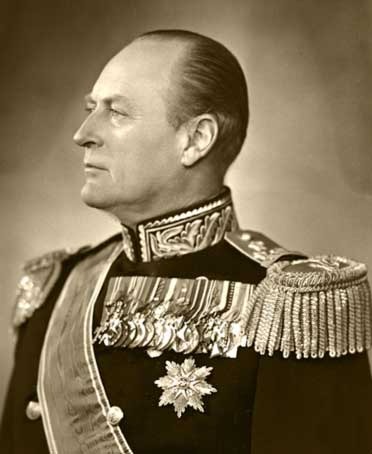
The future king of Norway was two years old when his father, Prince Carl of Denmark, was elected to be the King of Norway in 1905. This young prince had been born Prince Alexander of Denmark, but upon his father’s accession, he was given a Norwegian name: Olav. He became the first Norwegian monarch to have grown up in the country.
Prince Daniel of Sweden
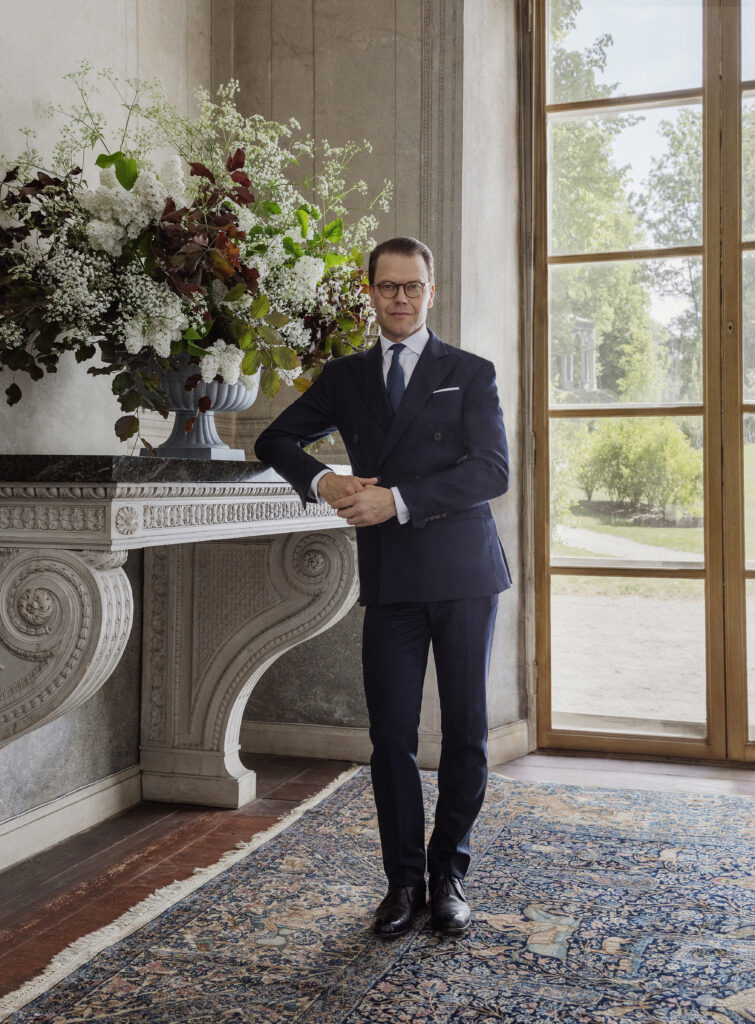
Prince Daniel, husband of Crown Princess Victoria of Sweden, was born on his father-in-law’s accession day, 15 September 1973, as Olof Daniel Westling.
Princess Laurentien of the Netherlands
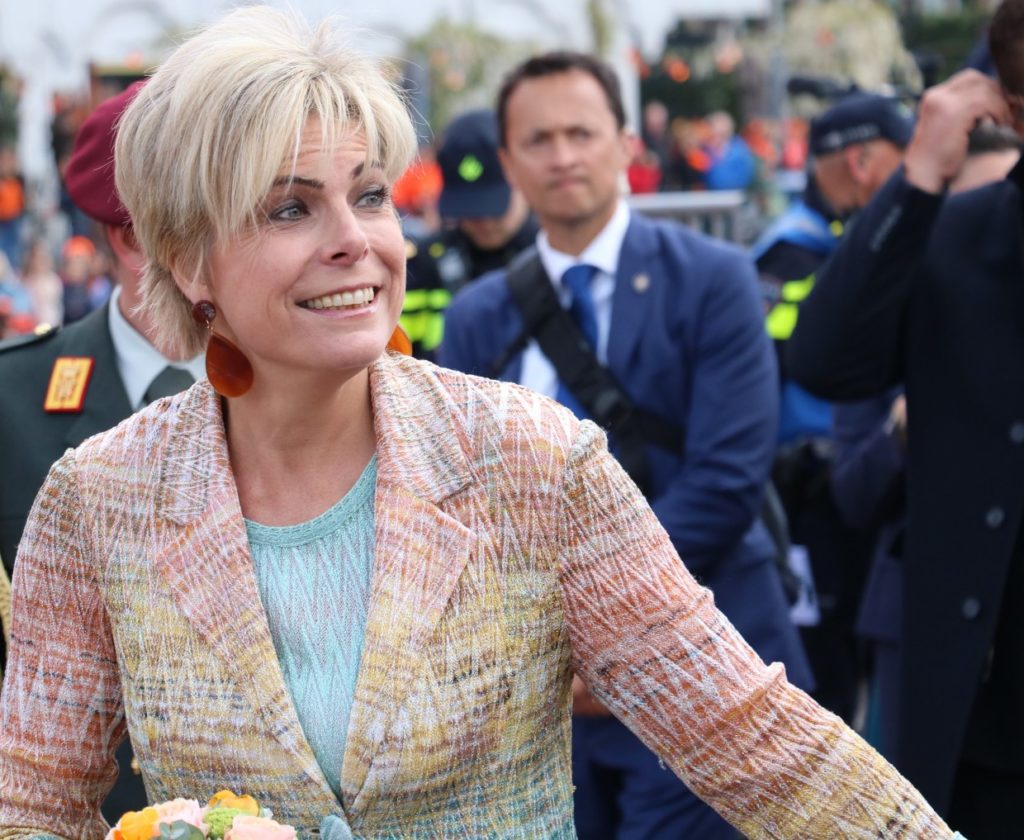
Princess Laurentien has long been a member of the Dutch Royal House, married to Princess Beatrix’s youngest son, Prince Constantijn. She was born Petra Laurentien Brinkhorst in 1966.
Her unusual middle name is a portmanteau of her parents’ names: her father is named Laurens and her mother is named Jantien.
Princess Marilène of Orange-Nassau
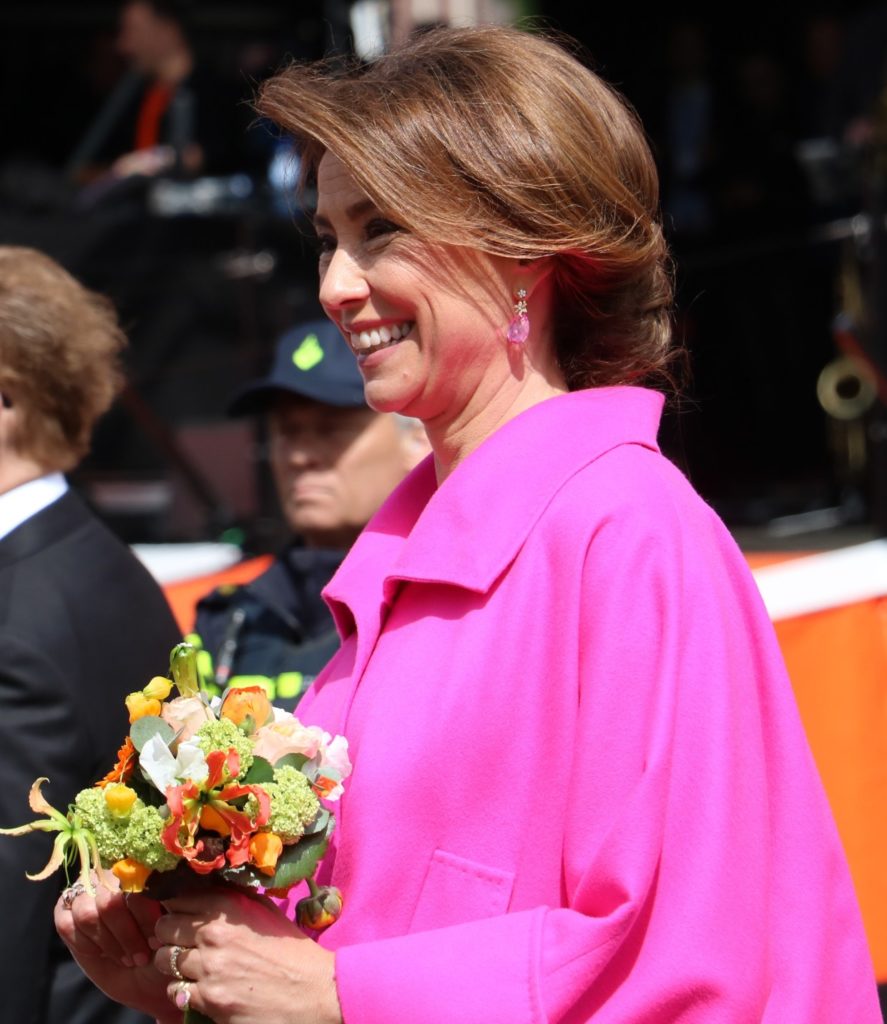
Princess Marilène of Orange-Nassau was born Marie-Hélène Angela van den Broek in 1970. Her first name and middle name have been combined to form her nickname: Marilène. She married Prince Maurits of Orange-Nassau, van Vollenhoven, and is a member of the larger Dutch Royal House as a cousin of King Willem-Alexander.
Mary, Princess Royal and Countess of Harewood
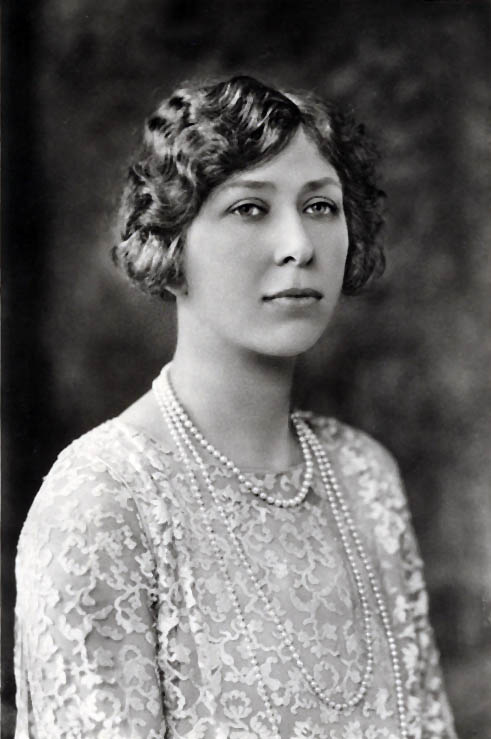
The only daughter of King George V and Queen Mary was born in 1897 with a litany of traditional British royal names: Victoria Alexandra Alice Mary. She was known by her last middle name, Mary, throughout her life, and became both The Princess Royal and The Countess of Harewood through marriage. She is the aunt of Queen Elizabeth II.
Queen Victoria of the United Kingdom and Prince Albert
The second-longest reigning monarch of the United Kingdom, Queen Victoria, was born Alexandrina Victoria in 1819. The only child of The Duke and Duchess of Kent, and she inherited the throne from her uncle in 1837.
Queen Victoria’s beloved husband, Prince Albert, likewise went by a different name: he was born Francis Albert Augustus Charles Emmanuel in 1819, though was known throughout his life as Albert. He married Queen Victoria in 1840 and was heavily involved in public life.
So beloved was he that his premature death in 1861 plunged The Queen into lifelong mourning and saw her honour his legacy in many ways, chief among them encouraging or commanding her children and grandchildren into including Albert’s name when they named their own children.

